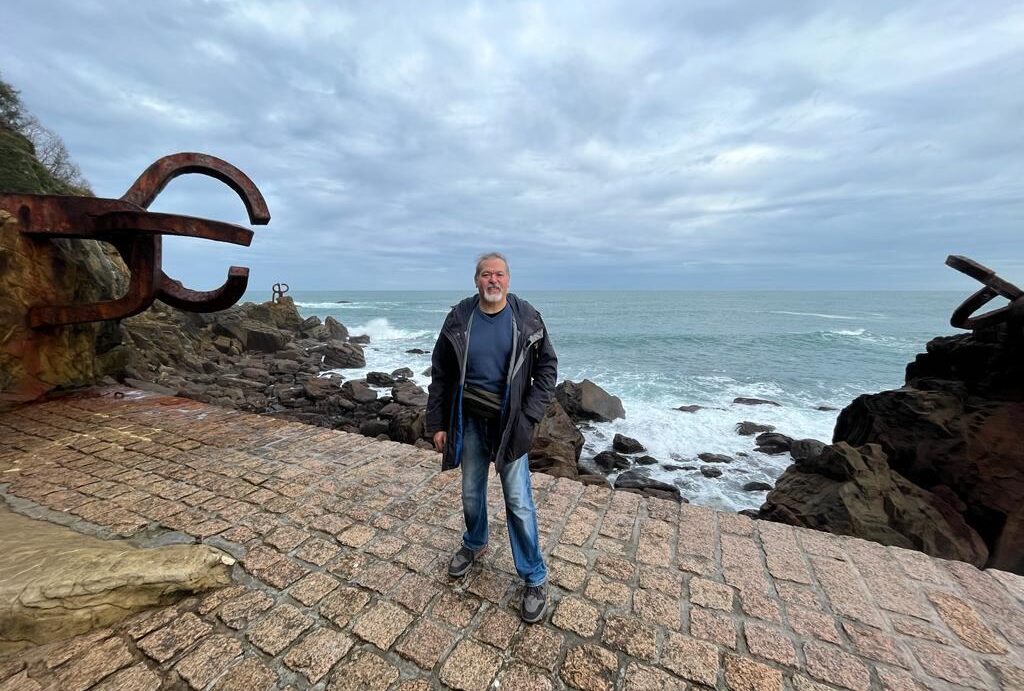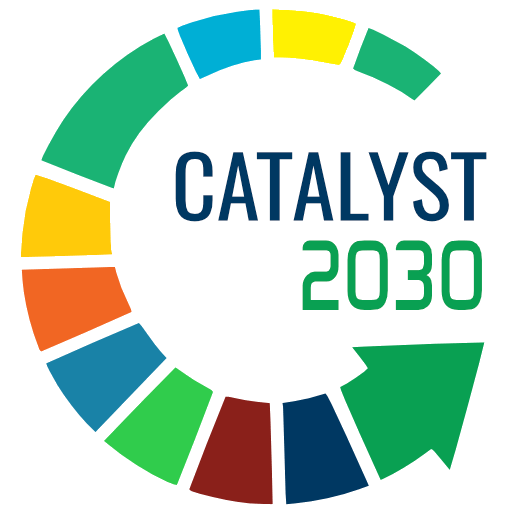
Faced with the socio-environmental challenges we are facing globally, regenerative paths are proving to be more than a trend: they are an urgent call to rethink our ways of existing, producing and relating to the planet. At Raízes, we believe that knowledge is one of the keys to this transformation, which is why we have immersed ourselves in different voices and experiences that are building more lively, inclusive and sustainable futures.
As part of our special series on regeneration, we spoke to Paco Briseño, one of the most inspiring names in the field of regenerative leadership in Latin America. Co-founder of Regenerativa and CoRe EcoRed ODIs, Paco moves fluidly between the corporate world and the wisdom of living systems. An industrial engineer by training and a mentor by vocation, he accompanies leaders and change agents on profound journeys of reconnection with purpose, organizational redesign and personal and collective transformation.
Check out the interview below:
Raízes SD: How did your path to regeneration begin?
Paco Briseño : My path started from a wound and an intuition. I felt that something was broken – in the world, in organizations and in myself. Everything changed when I understood that regenerating is not just restoring what has been damaged, but remembering what is sacred.
I started out in such arid territory as digital transformation in human resources processes and it was precisely there that something broke: the system wasn’t alive, or not completely. We were living inside a machine.
Coaching, contact with nature and encounters with living communities rekindled a flame that now guides my every step. Working with social innovation was an immense source of learning, but it wasn’t until I understood that nature was the answer – and perhaps also the question – that I felt that my regenerative path was really beginning.
R: What does regeneration mean beyond the technical aspect?
PB: It’s a way of living in communion. A continuous dance between giving and receiving.
To regenerate is to re-enchant life, to see again what is invisible: relationships, subtle energy, the mystery that runs through us.
It’s loving the world enough to allow it to transform us from the roots up.
A: What have you learned most from living with regenerative communities?
PB: Radical humility. I’ve learned that it’s not us who “bring” regeneration, but those who learn to listen to how it already happens.
(These communities) have taught me to slow down, to honor the cycles, to trust life as a teacher. Regeneration doesn’t always require us to do more, but to be different.
R: What are the urgent practices in the territories where you work?
PB: Healing bonds: between people, between generations and with the territories themselves. It’s time to reconnect with rivers, food and shared stories.
To promote a living education, deep listening and a design that springs from the soul of each place – not from obligation, but from radical love.
R: How does regeneration differ from conservation or traditional sustainability?
PB: To conserve is to protect. To sustain is to maintain.
Regenerating means actively participating in the flourishing of life. It’s not just about seeking balance, but about creating the conditions for life to renew itself, multiply and invite us back to its sacred dance.
 R:Can you share an example of a project transformed by regeneration?
R:Can you share an example of a project transformed by regeneration?
PB: At Regenerators Academy, we have seen people redesign not only their projects, but also their own lives, inspired by the principles of life. They regain their purpose, reconnect with the Earth and with what is essential.
One case that touches my heart deeply is Cañadas Bosque de Niebla in Huatusco, Veracruz, in Mexico. A living community that protects and regenerates a fog forest, reforests, cares for seeds and creates educational models for children, young people and adults, based on agroecology and cooperation.
All is planted, harvested and cooked with love. It is, without a doubt, my favorite place to eat in the world. This project is a living example of how life flourishes when human organization puts itself at the service of the territory.
R: How does regeneration strengthen cultural identities and ancestral knowledge?
PB: Because it recognizes that wisdom is not just in books. It is also sung, planted, woven and danced.
Regeneration honors the living memory of peoples and their people, and creates space for these voices – so often silenced – to once again inhabit the present.
A: Is it possible to talk about regeneration in urban contexts?
PB: Yes. The city is also land, history and possibility. There are human mycorrhizae, neighborhood networks, vegetable gardens, street art and transformative education. A regenerative city is not measured by the amount of green, but is felt in the soul of those who inhabit it.
I love to see those little flowers growing on the asphalt that speak to us of hope.
R: Is it possible to regenerate soil without regenerating bonds?
PB: No. The soil can be healed with compost, yes, but it also needs affection, presence and trust.
It’s the same with bonds: they require constant care. Regenerating is always a gesture of relationship, of remembering that we are part of the same humus. Regeneration feeds on relationships, cycles and patterns.
R: What excites you and what worries you about the fact that regeneration is becoming a trend?
PB: I’m excited to see that we’re talking about life again and that more people are listening to this call.
What worries me is that it loses its meaning, that it becomes just marketing without a soul. But I trust that life, like water, always finds a crack through which truth springs. I even think of something as contradictory as Coca-Cola: it’s made of water – that sacred good – even if it’s covered in sugar and additives. If we learn to look beyond the surface, we can remember that the essential still pulses, waiting to be returned to its natural course.
R: How can we avoid a superficial appropriation of the term “regeneration”?
PB: By living the practice. Let regeneration not just be a nice speech, but an incarnate presence. It requires body, heart, community and a lot of patience to resist rushing and remember that what is deep is cultivated slowly.
I and the communities I walk with cultivate inner development as a practice to maintain coherence. If we don’t regenerate from within – individually and collectively – it will be difficult to do so from the outside.
R: What are the most common mistakes in regenerative projects?
PB: Trying to impose models, forgetting to listen to the territory, neglecting human bonds. Confusing doing with creating the conditions for life to happen. Regeneration is not a recipe. It is a living process and therefore requires attention and humility.
R: What role do art, spirituality and listening play in regeneration?
PB: They are the invisible humus. Art connects us with the beautiful, spirituality with the eternal, and listening with what has not yet been said.
Without them, regeneration is just technique. With them, it’s rebirth.
A: What seed would you plant in each place?
PB: A seed of radical trust in life. Let each person remember that they are part of it, that they have never been separate. That we are earth walking, water feeling, fire creating, air dreaming.
A seed that whispers: “Bloom, you are not alone.”
R: What is your regenerative utopia today?
PB: A humanity reconciled with the Earth.
Organizations that grow like diverse forests, where care is the guiding principle. Children learning from grandparents – and grandparents learning from children. Healing economies.
During this conversation with Paco Briseño, we realized that regenerating isn’t just about transforming practices – it’s about transforming outlooks, relationships and rhythms. It means letting yourself be touched by deeper listening, by a radical trust in life and by a genuine desire to walk together with humility and presence.
On Paco’s horizon, there is a pulsating utopia: 10 billion human beings flourishing in communion with all forms of life, regenerating the Earth’s sacred balance together.
And it is with this collective dream, with an open heart to continue walking, sowing and learning, side by side, that we end this interview.




